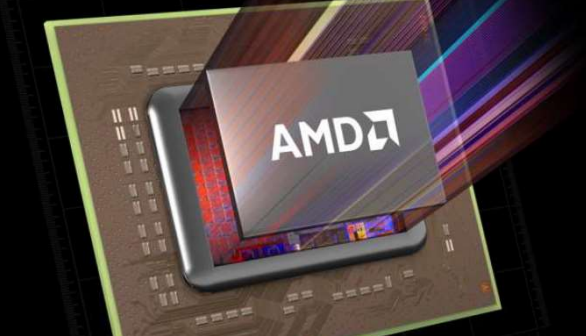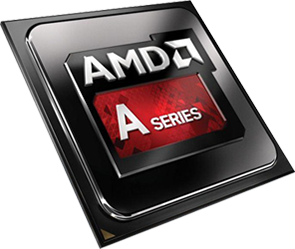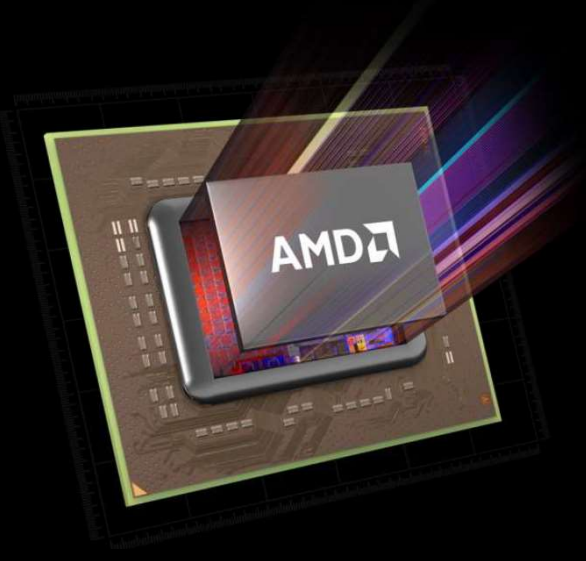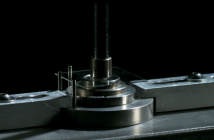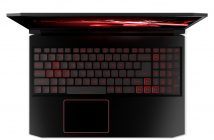Graphics chips and Application processor giant AMD have being working hard at making processors that are very efficient. They are all over the place, with their presence in gaming consoles (from Play station 4, XBox, to the Nintendo Wii), aviation such as Boeing aircrafts, slot machines in Vegas and in medicine. AMD are diversifying and continue to innovate by building great product which helps simplify both consumer and business users’ lives.
AMD APU and Processor IQ
Just like the human brain, AMD are building CPUs and GPUs that are better connected together for the logical and creative thinking of your computer systems. AMD’s APU (Application Processor Unit) uses Heterogeneous System Architecture (HSA) to ensure the two different processing units, the CPU and the GPU in one processor chip, work together in harmony. Both processors can efficiently access data memory, share data when and as when needed using hUMA (heterogeneous Uniform Memory Access).
The key element that connects the two sides together is like a bridge called hQ technology which reflects well when measuring its operations per second; the APU’s ability to process information is measured in how efficient it uses the GFLOP – the higher the GFLOPs utilization, the smarter the processor. Why are we talking about all this prerequisites? It is mainly to help you understand how AMD thinks when it comes to designing a great processor that removes bottlenecks and makes AMD-powered devices work smoothly.
The GPU is responsible for loading many things such as opening Adobe applications rapidly and even your Chrome browser – your Internet speed is not the only factor in ensuring your browser loads of as quickly as possible. AMD APU will use graphics acceleration coupled with HSA to ensure the right amount of power or resource is issued to the programs you are running, thereby making them run very smoothly. AMD’s A series (Kaveri) chips with 12 compute cores are a great example of the kind of APUs they produce, capable of delivering some great graphics results. You will be familiar with AMD Radeon graphics card, which has won various awards for its features, quality and performance.
AMD Freesync technology is used in Radeon graphics cards and AMD A series; it uses the industry-standard display port adaptive sync, eliminates screen tearing without all the usual lad and latency; it synchronise the refresh rates of a compatible monitor to the frame rate of your content, no matter what the variability are.
When watching videos, AMD enhances your visual experience by making your video size small enough using compression artifacting. The reason for this is that when files are reduced, you trade off on image quality and to maintain quality, AMD uses contour removal in real time to improve video quality. AMD fluid video delivers high quality frame rate, uses GPU compute to interpolate frames and remove video judder.
AMD Elite software
AMD created a suite of software for AMD based PCs to allow the user to interact with their PC in an effective manner to increase productivity.
- Software available includes facial recognition login system for enhanced security, and where AMD comes into this is making it very fast and intuitive.
- Gesture control as see on Minority Report is made reality allowing you to interact with your PC by drawing shapes and doing various gestures without having to touch your PC.
- AMD technologies are in the camera to allow better quality to make video recorded better by removing blurs from shaky camera, restoring sharpness and more.
- Quickstream helps prioritise processing or information traffic to ensure your video streaming or playback is not interrupted.
- Wireless display is becoming more mainstream or popular and AMD is making this possible with compatible devices – you can easily stream from laptop or mobile to TV.
25 x 20 commitment and beyond
All the advanced technology can take its toll on energy consumption and this is where AMD’s latest introduction comes into play. AMD have a commitment called 25 x 20; they would like to increase the power efficiency of their products 25 times, by the year 2020. To achieve this goal, they will be building more power efficient products, helping the industry to create smarter software that uses PC intelligently.
AMD’s new performance mobile APU called Carrizo, just like Kaveri for the A Series, offers better power management option and in comparison to Kaveri, you can do 5% more work in same amount of space with 40% less power consumption, so not only are you getting more work done, you will be saving battery life in your mobile products such as you laptop or smart phone with less worry about being plugged in.
Users are consuming more videos online more than ever and that is evident in how popular Netflix, Amazon video and others out there are. Currently they use h.264 transcoding for internet streaming and Carrizo is ready for the next level of transcoding called the h.265 which will mean better video streaming quality whilst saving energy.
AMD will be supporting the VR industry in creating a better experience for a more realistic experience. Users will be able to touch the content they see with an immersive experience, thanks to AMD graphics. The graphics will be great, and responsive also, it is not enough to just place a 3D or VR goggle on your face to play a game, you need a power graphics card to make it a smooth and enjoyable experience and that is where AMD are working hard to make it a reality.

